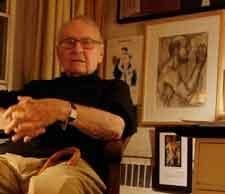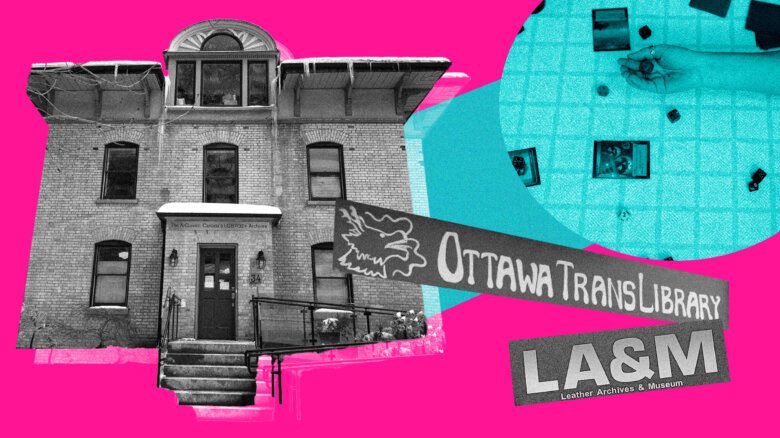In December of 2009, I travelled to Berlin to conduct research for a theatre production that examines the early gay rights movement in Germany and the persecution of gay men under the Third Reich. At the Schwules Museum – a repository of queer history – I discovered that an eyewitness I was seeking was alive and well and living in Montreal, just a few hours from my home in Toronto.
His name was Peter Flinsch. I wrote to him, and he invited me to meet him for an interview. I spent three captivating and deeply affecting hours with him as he recounted his life as a proud witness to gay history.
Peter was born in Leipzig, Germany, in 1920. After the collapse of the Weimar Republic and the Nazi seizure of power in 1933, he was forced into the Hitler Youth and then into the anti-aircraft division of the Luftwaffe.
In 1942, he was arrested for kissing a fellow officer after a Luftwaffe Christmas party. He was court-martialled and imprisoned for violating Paragraph 175, Germany’s anti-gay law. At the time of his arrest, such a violation carried an automatic prison sentence followed by deportation to a concentration camp. But Peter managed to avoid the fate of as many as 15,000 gay men who perished in Nazi concentration camps because his military degree placed him outside the jurisdiction of the Gestapo.
After the war, Peter briefly returned to Leipzig and took a job painting official portraits for the local branch of the Communist Party, lived for a brief period in Vancouver – helping to found the Vancouver Ballet – and eventually settled in Montreal in the 1950s. Peter worked for Radio Canada as a designer and went on to become an internationally known visual artist and sculptor, best known for his representations of the male form.
On March 30, at Toronto’s Buddies in Bad Times Theatre, my theatre company premiered a workshop production of the play I wrote, inspired by Peter’s life. I was profoundly saddened to learn that Peter passed away the very same day at his apartment in Montreal.
I consider myself remarkably lucky to have been granted a small window into the kaleidoscopic world of such a thoroughly inspiring human being. Peter’s was a world of joyous colour and sculptural muscularity, tinged with a satirical bite one moment, a naive beauty the next, and always with a sexual charge coursing throughout.
Peter is a true example of a proud queer life writ large and painted with broad strokes and bold colours. Near the end of our time together, I asked him about his role in the history of the struggle for gay rights. With typical grace, he told me he is simply “a piece of the chain; not the chain that chains, but the chain that opens.”
A truly bright light has flickered out and the world feels slightly less colourful.

 Why you can trust Xtra
Why you can trust Xtra


